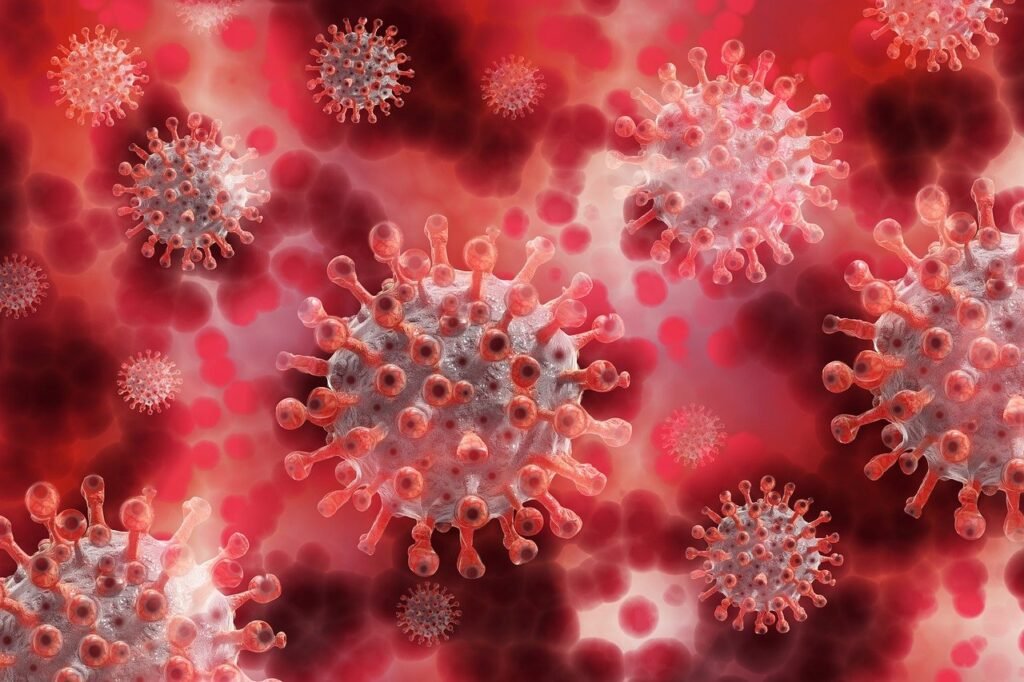Climate change, a phenomenon characterized by global temperature increases, altered weather patterns, and rising sea levels, poses a significant threat to ecological systems across the globe. Beyond its environmental impacts, climate change has profound effects on human health, particularly through the spread of infectious diseases such as malaria and Zika virus. As climates become warmer and precipitation patterns shift, habitats for disease vectors like mosquitoes expand, facilitating the spread of these diseases to new regions. Understanding these dynamics is crucial to developing effective prevention strategies.
The Connection Between Climate Change and Malaria

Malaria, a mosquito-borne disease caused by Plasmodium parasites, is highly sensitive to environmental conditions. Temperature, humidity, and rainfall directly influence the lifecycle of the Anopheles mosquitoes responsible for malaria transmission. Warmer temperatures reduce the time needed for Plasmodium parasites to develop within mosquitoes, increasing the likelihood of transmission. Additionally, altered rainfall patterns can create new breeding sites for mosquitoes, heightening the risk in areas previously unaffected by the disease. As climate change accelerates, regions such as high-altitude areas in Africa and parts of South America are experiencing increased malaria incidence.
How Climate Change Facilitates the Spread of the Zika Virus

The Zika virus, primarily transmitted by Aedes mosquitoes, presents a similar but distinct challenge. Like malaria, Aedes mosquitoes are affected by temperature and precipitation changes. Warmer climates enable these mosquitoes to survive and reproduce in new regions, expanding the geographic range of the Zika virus. Increased temperatures also speed up the incubation period of the virus within mosquitoes, leading to a higher transmission rate. This is particularly concerning for areas like the southern United States, Southeast Asia, and South America, which are becoming more susceptible to Zika outbreaks due to shifting climate conditions.
Strategies for Preventing the Spread of Malaria

Addressing the spread of malaria in the context of climate change requires a multifaceted approach. First, investment in vector control strategies such as insecticide-treated bed nets and indoor residual spraying can significantly reduce mosquito populations. Community education programs on mosquito breeding site management are also essential to empower local populations in disease prevention. Additionally, efforts to develop and distribute effective malaria vaccines are underway, offering a promising long-term solution. Global cooperation in predicting and responding to climate-driven malaria risks is critical, leveraging technology and data analytics to anticipate outbreaks and implement timely interventions.
Solutions to Combat the Spread of the Zika Virus

Preventing the spread of the Zika virus also involves comprehensive strategies combining technological innovation and public health measures. Improved surveillance systems are necessary to monitor Aedes mosquito populations and detect outbreaks early. The use of genetically modified mosquitoes to curb population growth is an innovative approach currently under exploration. Public health campaigns promoting the use of mosquito repellent, protective clothing, and screens to keep mosquitoes out of homes are effective preventive measures. Additionally, research continues into developing a Zika vaccine, which could provide a critical defense against future outbreaks.
Global and Local Policy Recommendations

Implementing effective solutions to combat these diseases relies largely on strong policy frameworks at both global and local levels. International cooperation is necessary to share resources, technology, and knowledge. Policies that focus on reducing greenhouse gas emissions and mitigating climate change impact contribute indirectly to controlling disease spread. Locally, governments must prioritize funding and support for research, healthcare infrastructure, and public education. Collaborative efforts involving government agencies, NGOs, and the private sector are vital in creating resilient health systems capable of responding to climate-driven disease threats.
Conclusion: A Call to Action

The impact of climate change on the spread of diseases like malaria and Zika is undeniable and escalating. Addressing these challenges demands immediate and coordinated action from the global community. By understanding the interplay between climate variables and disease transmission, implementing proactive strategies, and strengthening policy frameworks, we can mitigate the effects of climate change on public health. This requires the collective efforts of researchers, policymakers, healthcare professionals, and communities. Commitment to these approaches will not only curb the spread of malaria and Zika but also enhance overall resilience against climate-induced health challenges for the years to come.




